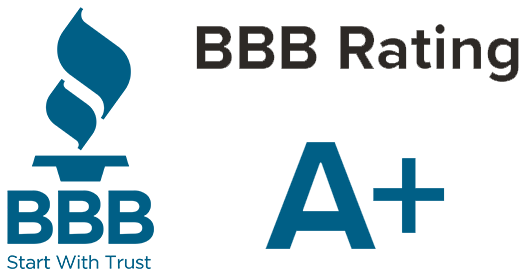How Businesses Should Respond to the Federal Government Shutdown
By TED ROSE, ROSE FINANCIAL SOLUTIONS
At 12:01 AM on October 1, 2025, the U.S. federal government shut down—marking the 22nd in modern history and the first under this administration. For GovCons, it's a direct hit: stalled contracts, furloughs, and cash crunches. For commercial firms, ripples hit supply chains, markets, and funding. At ROSE, we've weathered these storms with clients; clarity now builds resilience. Here's your playbook.

Guidance for Federal Contractors (GovCons)
Quick Confirm: Does This Shutdown Hit Your Contracts?
Before anything, ping your Contracting Officer (CO) today. Not all deals freeze—exemptions cover "essential" work like active defense or public safety (per FAR 52.242-15). Pull your mods: Is yours funded through FY25? Stop-work orders? CO confirmation is your North Star—avoids unauthorized work and clawbacks. (Pro tip: Document everything; audits love paper trails.)
1. Employee Status and Pay
- Exempt employees must receive their full weekly pay if they worked at any point during the week.
- Non-exempt employees may be placed on Leave Without Pay (LWOP) if no work is available, but companies must decide whether PTO must be used first.
2. Communication Protocols
- Update out-of-office messages for furloughed staff.
- Collect personal emails so updates continue during the shutdown.
- Remind employees: no government-related work is permitted during LWOP—not even emails or calls.
3. Benefits and Financial Support
- Health insurance typically continues for 30–90 days; after that, COBRA applies.
- 401(k) contributions and matches stop if pay does. Consider hardship withdrawal policies.
- Share unemployment benefit eligibility details with staff (note waiting periods vary by state).
4. Contract Management and Cash Flow
- Maintain close contact with your Contracting Officer. Even after the shutdown ends, staff cannot return until official notice is issued.
- Expect delays in new awards and payments. Include funding contingency clauses in offers and subcontracts.
- Model cash flow under different shutdown durations and secure credit lines early.
- Redeploy idle staff to training, internal projects, or proposal development when possible.
5. Compliance Requirements
- Restrict system access for employees on unpaid leave.
- Update payroll and timekeeping instructions.
- Review state-specific leave payout obligations.
Guidance for Commercial & Private Sector Companies
Even if your workforce won’t be furloughed, the shutdown poses risks:
1. Market and Credit Disruptions
- This shutdown is being used as leverage for structural reductions in federal operations, which may reduce long-term federal spending.
- Expect volatility in capital markets, delayed government-backed loans, and slower SBA activity.
- Review cash reserves and liquidity to withstand tightening conditions.
2. Customer and Supply Chain Impacts
- If your customers rely on federal funding, you may see project delays or reduced demand.
- Regulated industries—such as defense-adjacent, healthcare, and transportation—should anticipate slower approvals, licensing, or inspections.
3. Labor Market Effects
- Federal employees without pay may reduce consumer spending, impacting local businesses.
- Reduction in Force (RIF) notices across agencies mean fewer federal jobs, freeing up skilled labor for private companies but potentially reducing federal demand in the long run.
Leadership Checklist for All Companies
- Communicate clearly and often—both internally and externally.
- Secure financial flexibility by confirming credit lines and modeling cash flow.
- Re-deploy talent into constructive uses during downtime.
- Stay informed on policy changes. Unlike past shutdowns, this one may permanently reset how agencies operate.
- Lead with empathy. Acknowledge the stress and uncertainty. Your employees will remember how you managed this moment.
ROSE’s Perspective
Whether you’re a GovCon or a private business, this shutdown should be treated as a stress test of your financial infrastructure. The organizations that emerge stronger will be those that:
- Keep employees informed,
- Manage cash with discipline, and
- Adapt operations quickly.
At ROSE, we guide our clients through uncertainty with a focus on clarity, discipline, and resilience. This shutdown is a challenge, but it’s also an opportunity to strengthen the systems that protect your people and your business.
Take Action Today
The shutdown’s impacts may deepen with every passing day. Now is the time to safeguard your workforce, secure your financial stability, and adapt your operations.
Contact ROSE today to discuss how we can help your organization navigate the shutdown with confidence and come out stronger on the other side.

Ted Rose
In 1994 Ted Rose founded Rose Financial Solutions (ROSE), the Premier U.S. Based Finance and Accounting Outsourcing Firm. In 2010, the Blackbook of Outsourcing named ROSE the #1 FAO firm in the world based on client satisfaction. As the president and CEO of ROSE, he provides executives with financial clarity. Ted has also acted as the CFO for a number of growth companies and assisted with various rounds of financing and M&A transactions.
Share this article:
Visit Us On:


